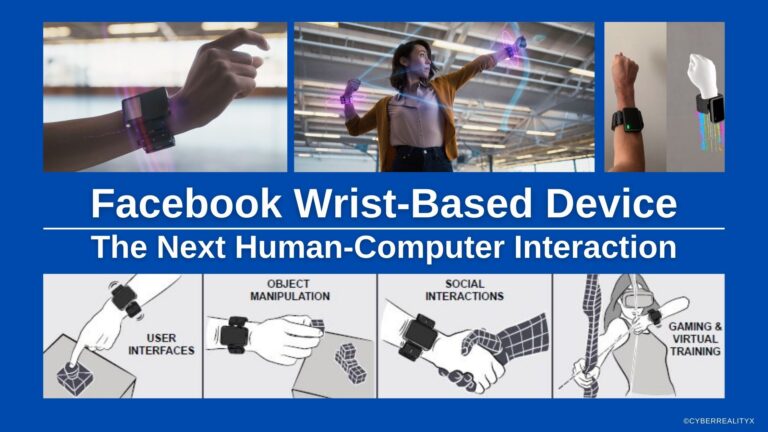A new level of interaction introduced at Ignite 2021 by the announcement of Microsoft Mesh, Hololens, cross-device remote collaboration platform. I believe COVID-19 has pushed hard on virtual connecting and increases the demand for remote collaboration, and Microsoft mesh could be the trigger for more Augmented and Virtual Reality applications in the near future.
VR/AR is not a new technology but there is always a lack of performance which made XR hardware/software not ready to adopt by the public, but this time with Microsoft Azure and introducing Microsoft Mesh I can see the light at the end of the tunnel.
Microsoft Mesh Allows developers to create an immersive multiuser, cross-platform XR Applications leveraging AI-powered tools for spatial maps, immersive presence, holographic rendering and multi-user sync. With this power it allows us to conduct a virtual design sessions, learn virtually, enhance virtual meetings, social gathering, and more.
- Connect from anywhere using any platform VR, AR or even traditional portable devices.
- Ability to create avatars or holograms to let the user feel the presence in mixed reality.
- Experience mixed reality in an instinctual collaborative way.
- Cloud integration.
Checkout the Promotional Video
Microsoft has relived the review experience of Microsoft Mesh for Hololens 2, which is the first environment that can leverage Microsoft mesh to bring people together.
Privacy and Security is one of the concerning issue here, however, the integration of Azure with Microsoft identity services and data encryption can handle this. So Microsoft Mesh should gives a robust developer platform for building collaborative mixed reality experiences. The core of the platform integrates with Azure Active Directory and MS Accounts and use MS Graph. For example, if you are using Microsoft 365 that means you are already integrated with the system. so as a developer you have access to all of this using SDK.

Microsoft Mesh Spatial maps
Spatial mapping is one of the challenges developers face in XR applications. Built-up a stable and reliable XR experience where the holographic content fixed in a real environment is a huge challenge. It even becomes much hard when you have a multi-user experience as every device has its own local view of the hologram.
So, Microsoft Mesh not only allows user to share holographic content. But most importantly, the hologram stays in place across time, space and devices.
Microsoft Mesh Presence
The fundamental parameters of digital presence are realism and reach. Accordingly, Microsoft Mesh promised to deliver an experience that have both customizable avatars or the out of box photorealism characters. Interestingly, it can bring spatial audio to the XR environment, and that can truly deliver a realistic hearing experience with other XR users.
Holographic Rendering
The processing capabilities of XR devices are still behind. But this also depends on the type of XR application. For example, Visualising complex geometries using handheld devices or Hololens requires skills and techniques to deliver a seamless user experience.
Microsoft Mesh allows 3D models and provides a rending power-optimized locally when need it. But the exciting part it can leverage the cloud rending for a complex model. This would make me think of BIM !
Multi-user sync
Provide a compression technology to build a platform with less than 100 milliseconds of latency. That is a BIG power to the user and realism.
Conclusion
Personally speaking, as someone who developed prototype applications using VR headset, Hololens, and handheld devices, I can say there are a lot of technical obstacles in the way that takes a massive time and resources to deliver the intended application. Which I believe Microsoft Mesh could be the solution, or at least can diminish the complexity of the development and enable developers to focus on solving the business problem.
I can see we are not far from creating a federated twin model for our buildings and cities, and leveraging the power of XR applications!
Learn more and request access to the Microsoft Mesh Click Here
Find written developer guidance at Click Here
See more details on the developer experience Click Here
What to do?
- Subscribe to our newsletter.
- Follow our pages on social media and LinkedIn.
- If you are interested leave a comment or you can drop us message on LinkedIn, Facebook, Twitter, Instagram or use the Contact Page.
- Check our other articles.
THANK YOU & HAVE A WONDERFUL DAY!



